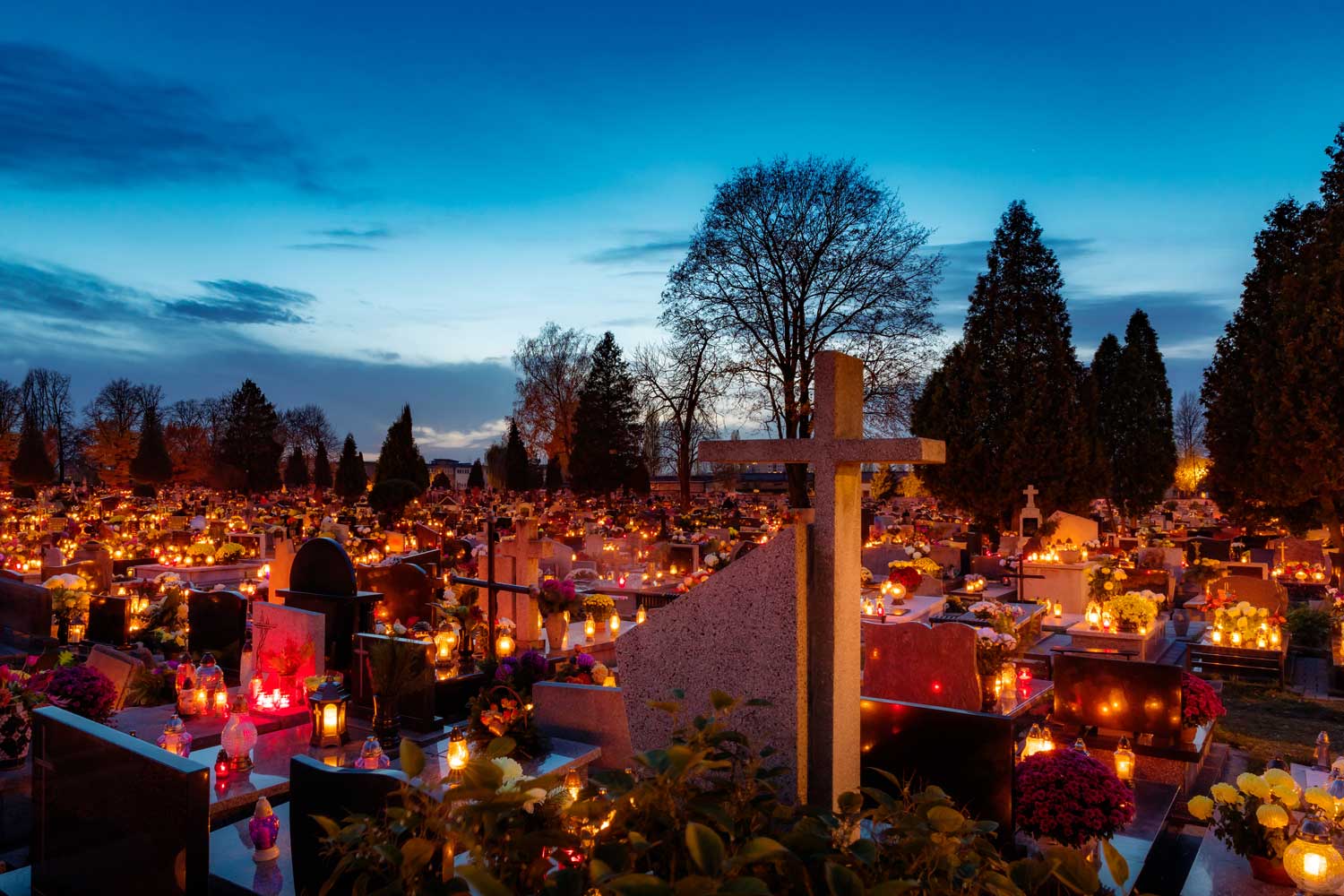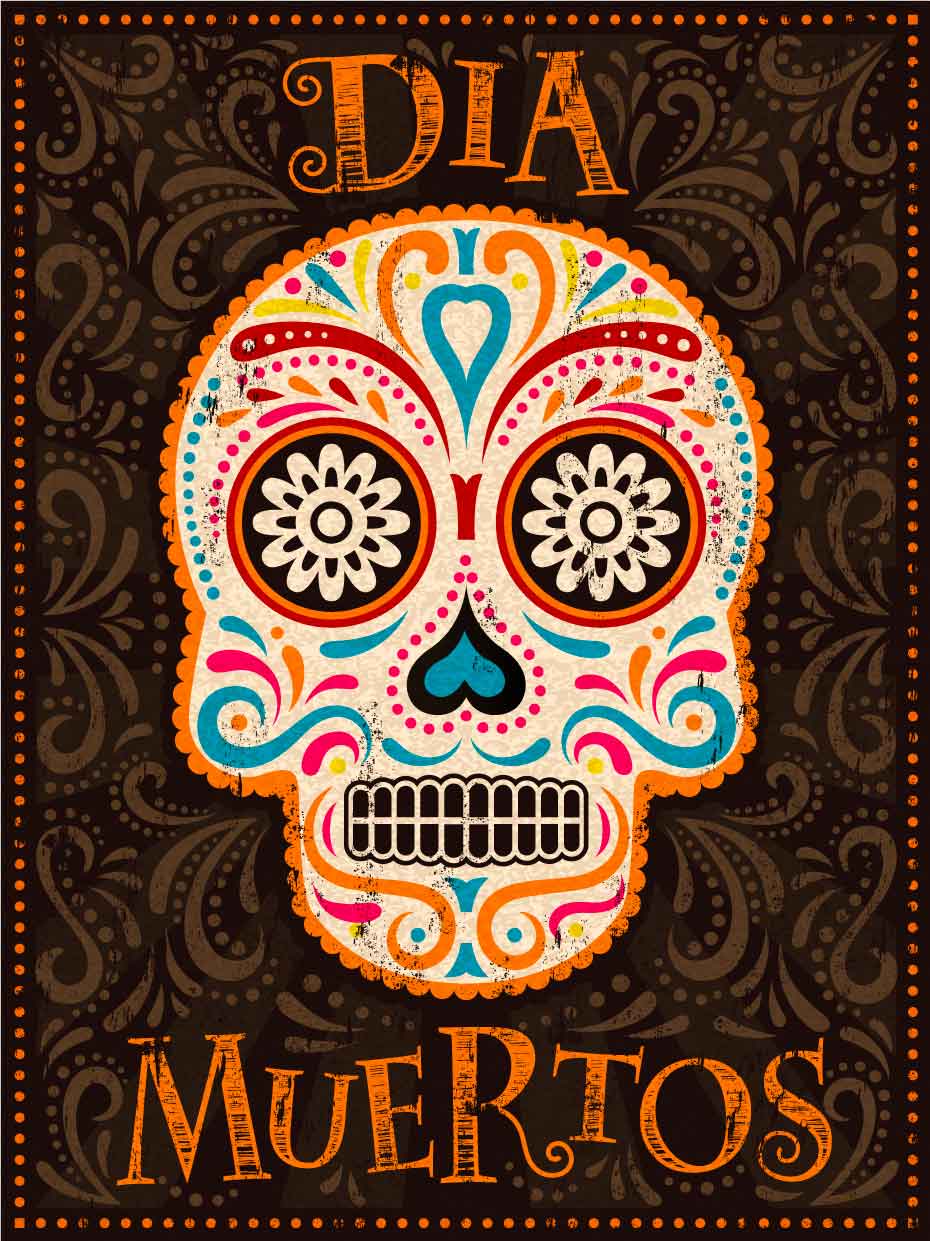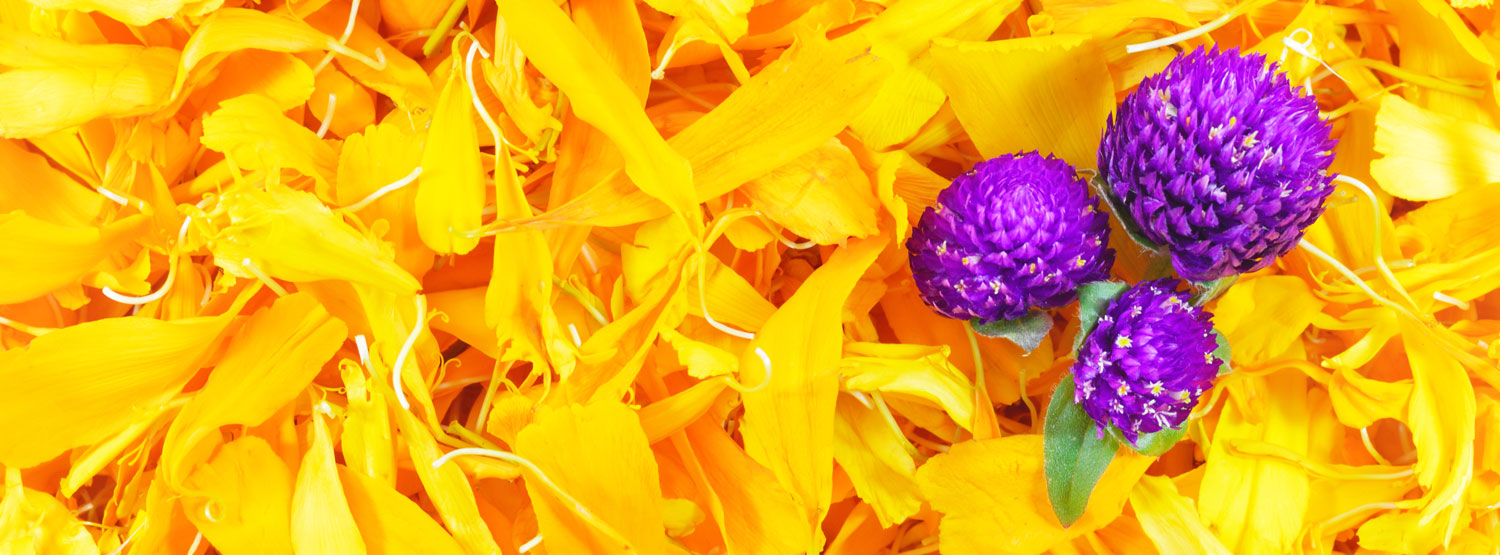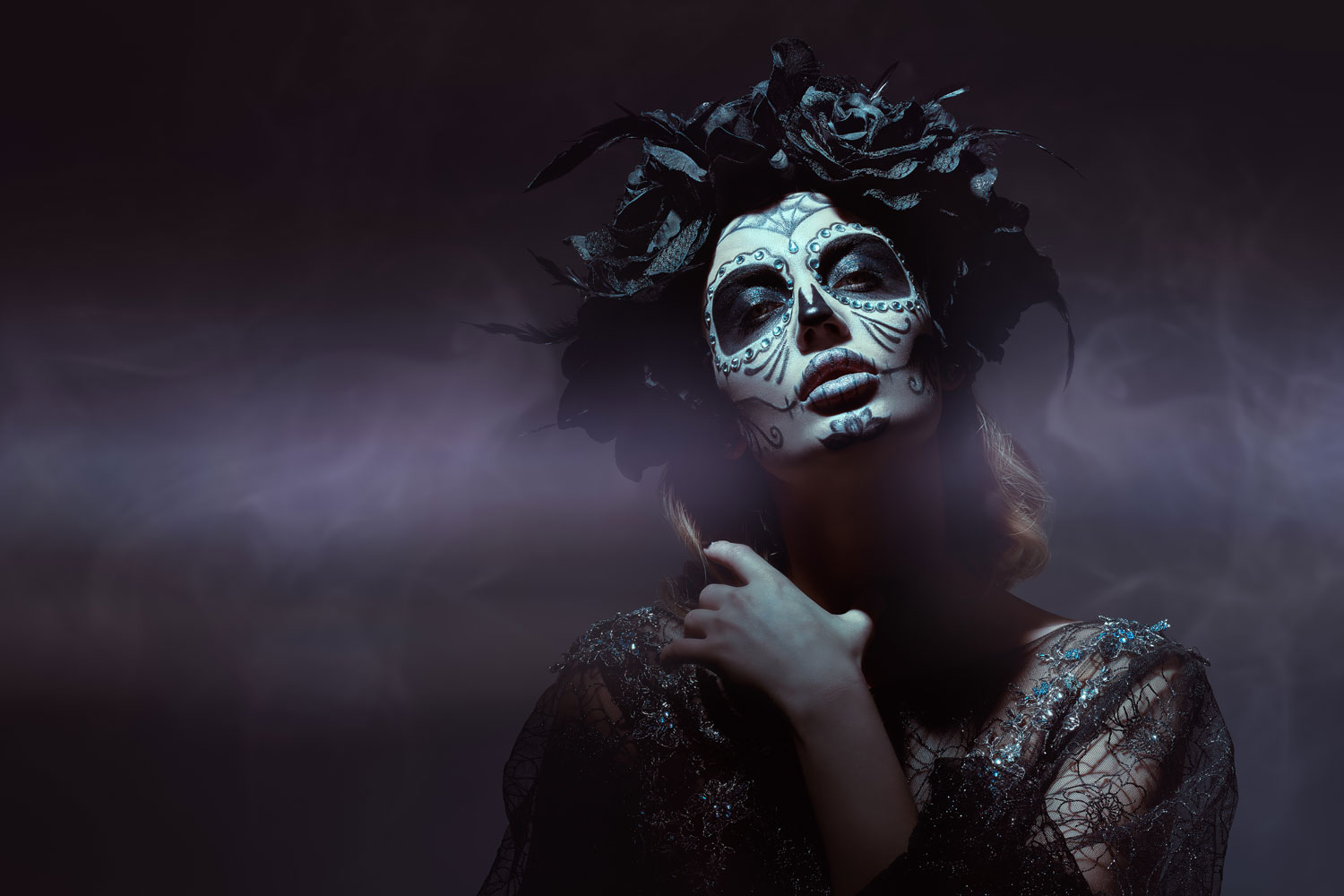Día de los Muertos
The Day of the Dead
See how a blending of ancient indigenous traditions and Catholicism has made this unique holiday a celebration of life… and death.
The Day of the Dead celebration burst onto the big screen in the opening scene of the 2015 James Bond movie, “Spectre.” Two years later, the Disney/Pixar film, “Coco”, brought it to the next level. If it was compared to the pre-Aztec concept of the underworld, it brought it through all nine levels! This wildly popular movie introduced the world to the 3,000 year old tradition known as “Día de los Muertos.” This unique holiday is a celebration of life and the remembrance of ancestors who have gone before us. It is a blending of ancient indigenous traditions and Catholicism.
Catholicism in medieval Europe had developed a tradition that became an important “tridium”, a religious observance or celebration lasting three days.
It started out with the belief that the souls of deceased people could more easily pass through the veil separating humans and spirits on October 31st.
This came to be followed by All Saints Day and the Day of the Innocents on November 1, with the veneration of departed Catholic saints and martyrs and those who died as children.
On November 2 was All Souls’ Day when the memory of adult ancestors as well as faithful Christians was honored.
Historians have found evidence in México of an ancient festival, which is at least 3,000 years old. It honored Mictecacihuatl, the Queen of the Underworld. Her name is literally translated from the indigenous language ofNahuatl as “Lady of the Dead.” “Mictlán” is the place of the dead, and “Cihuatl” is woman.
As the wife of Mictlantecuhtli, King of the Underworld, her duty was to protect the bones of the deceased. The bones were believed to be the source from which new life was created. In order for this to happen, she needed to bring them to the land of the living once per year. For this occasion, the indigenous people, would prepare a celebration for her return. Originally, it was a month-long summertime event.
After the arrival of the Spaniards and the conquering of Tenochtitlán in 1521, this festival dedicated to Mictecacihuatl was blended with the Catholic tridium of All Saints Day.
The Day of the Dead came to be viewed as the one time of the year when the souls of deceased persons could return to the world of the living. Family members prepare an “ofrenda,” an altar with pictures of departed loved ones and some of their favorite earthy possessions and foods. Millions of brightly colored marigolds petals called “cempoalxochitl” are scattered in the streets, providing a path to guide the loved ones home.
Graves are decorated and “pan de muerto,” a special bread, is prepared for the occasion. A mat called a “petate,” woven from palm fibers, is placed in front of the ofrenda. A petate is a traditional sleeping mat as well as a burial shroud used by poor families in rural areas. It provides a place for the returning spirit to rest. Candles festoon ofrendas as well as community streets, providing needed light in the dark of night.
Paper maché effigies of a skeletal woman known as “Calavera Catrina” with painted face and fancy clothing are a modern representation of Mictecacihuatl. While the focus on skulls and skeletons may seem macabre, the tone of the event is actually one of joy, honoring the memory of family and gratitude for their lives.
The bright colors of Día de los Muertos gladden the heart while representing various aspects of the holiday — let’s take a look at their meaning:
Purple – pain, suffering, grief and mourning
Pink – celebration
White – purity and hope
Orange and yellow – the brilliance of the Sun
Red – the blood of life
Black – the land of the dead
Just in the last few years, the Day of the Dead has taken on a life of its own, thanks to Coco and Bond.
Celebrations are now found throughout Latin America and Latino communities across the United States.
There is something positive each of us can learn from this festive occasion. Through learning about our roots and keeping the memory of our ancestors alive, we learn more about ourselves and families are strengthened.
There is no doubt, when we have strong families, we have strong societies.







